The Publisher/Graphic Designer Relationship (Part III)
The Action Hero
If we take a sample of 100 people working in this industry, I wouldn’t be surprised if only about half of them make games as their main gig while the rest have day jobs and choose to make games in their off-time. Some people might call this professional vs. amateur, and they may have a point, however for our purposes here, let’s shift it a little towards speaking about the way in which we conduct ourselves.
When I’m wearing my business hat, I try to conduct myself in a way that facilitates trust. I want my clients to feel that I’ve got their back and that when I’m off working on my own, and that I’m doing so in a way that would reflect well on them.
One thing that breeds trust with clients is transparency. When your designer is a straight shooter and openly shares information like why they make the decisions they make or how they think things are proceeding, it fosters a feeling that you’re on the same team, working towards the same goal. Transparency can be turned inward as well. As a creative professional, I sometimes find myself in a situation where the chosen solution resides outside of my wheelhouse. When this happens, I have to ask myself if this is something that I’m willing to learn or is it just too far outside my comfort zone? Whatever the case may be, I feel that it is important to be transparent about this with my client rather than to venture down the garden path hoping that my attempts will be successful.
Another facet of being professional is taking care in the way in which you speak to clients. When speaking to your designer, do they often use design jargon which can sometimes be confusing to non-designers, or do they get their point across clearly and concisely in plain language? If they’re taking the time to explain things in terms that you both understand, I feel that it speaks to their professionalism way more than if they chose to use technobabble that you may or may not understand.
As I mentioned last time, clients and designers may not necessarily be in the same city, country, or even continent, so meeting at the local coffee shop for a tete a tete just isn’t feasible. I feel that it is important to get as much facetime as I can with my clients, whether it’s in person, should we live nearby one another, at a convention, or even over a video chat. Email and text messaging are fine, but it’s important to keep that personal connection alive.
How are their organizational skills? Do they have a method to their madness? Dealing with a designer who has well-established processes in place can make all the difference in the world. Without some process and organization, error-creep can start to become an issue. Older versions of files may be sent to the printer or making the latest round of changes to an older file.
“The only difference between a mob and a trained army is organization.”
— Calvin Coolidge
The creative process is iterative by nature. Feedback and revisions are a vital ingredient in making our games the best they can be. While it may happen from time to time, nailing a design on the first pass is a rare thing, as it should be. Part of this whole ‘professional’ attitude is how we as designers handle criticism and feedback. When we pour our heart and soul into things, like board games, for instance, it can be easy to take constructive criticism personally. I’d be lying if I said it still doesn’t happen to me, but I’d like to think that I’ve become better at responding to it than when I was a fledgling web designer who flew off the handle at the first critical word. I’m not saying that you should always be in agreement with your designer. On the contrary, designers are passionate people and the difference lies in how they express that passion when dealing with negative client feedback. A designer who can articulate the reasons why they used a certain approach and why it objectively works for the product is very different than a designer who takes the comments personally and bites back in retaliation. Simply put do they handle any criticism, good or bad, with grace?
Finding that mild-mannered designer who can strap on the spandex and mask to fight the powers of bad design can be a difficult task, but a noble one to be sure. There’s a certain solace to be found in working with someone whom you have complete trust in; and by extension, a goodwill ambassador for you and your project.
Next Up …
They say that knowledge is power. Well, in this case their knowledge is your power! The more that your graphic designer knows and how well they can apply that knowledge can go a long way in determining how fluidly your project flows. The “Evil Genius” is next up in our look at many facets of the graphic designer persona. Thanks so much for sticking with us, and we look forward to catching up with you in Part IV of the Publisher/Designer Relationship series.


